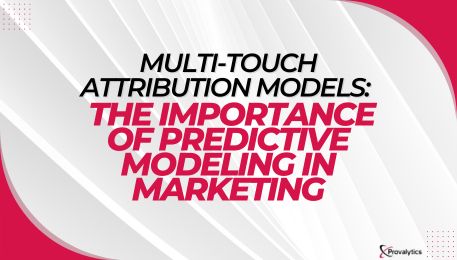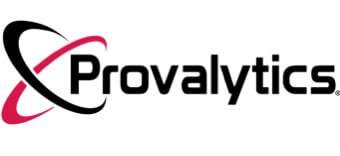Multi-Touch Attribution: The Importance of Predictive Modeling in Marketing
In today’s data-driven world, organizations rely significantly on data analytics to optimize and assess the efficacy of their marketing initiatives. Multi-touch attribution is a critical technique for measuring the impact of a company’s marketing activities across multiple channels and touchpoints.
The technique of attributing credit to the numerous marketing channels and touchpoints that contribute to a conversion or sale is known as multi-touch attribution. Businesses have traditionally used last-touch attribution, in which all credit was given to the final touchpoint before a conversion. This strategy, however, ignores the impact of other touchpoints that may have led to the conversion.
🚀 Yes, I Want The 2024 Playbook!

Understanding the Different Models of Multi-Touch Attribution
To overcome this limitation, organizations are now employing multi-touch attribution models that account for all touchpoints along the consumer experience. Multi-touch attribution models include first-touch attribution, linear attribution, and weighted attribution. Each model has advantages and disadvantages, and the model chosen is determined by the business’s goals and the intricacy of the client journey.
Leveraging Predictive Modeling and Machine Learning in Marketing Analytics
Businesses must collaborate closely with data scientists who are experts in predictive modeling and algorithm development to create a multi-touch attribution model. Machine learning algorithms are used by data scientists to examine the data and discover the touchpoints that contribute the most to conversion. They also consider the customer’s behavior and level of involvement when determining the weightage of each touchpoint.
Aside from multi-touch attribution, data scientists assist businesses in developing predictive models that predict customer engagement level and conversion probability. These models are built on machine learning algorithms, which evaluate client data to uncover patterns and trends that can be used to forecast future behavior. Businesses can optimize their marketing strategy by targeting clients who are most likely to convert using predictive algorithms.
Multi-touch attribution and predictive modeling are key tools for firms wanting to optimize and analyze the efficacy of their marketing initiatives. To stay ahead of the competition, these strategies necessitate close collaboration between marketing and data science teams, and organizations should invest in developing sophisticated data analytics capabilities. Businesses can get significant insights into their customers’ behavior and preferences by using the correct technique and skills, and then modify their marketing efforts to match their demands.
What are the different models of multi-touch attribution?
There are several models of multi-touch attribution, including first-touch attribution, linear attribution, and weighted attribution. Each model has its own advantages and disadvantages, and businesses must choose the one that best suits their goals and the complexity of their customer journey.
What is the role of data scientists in developing a multi-touch attribution model?
Data scientists play a crucial role in developing a multi-touch attribution model. They use machine learning algorithms to analyze data and identify the touchpoints that contribute the most to conversion. They also consider customer behavior and involvement to determine the weightage of each touchpoint.
How does predictive modeling help in marketing optimization?
Predictive modeling is a technique that uses machine learning algorithms to analyze customer data and identify patterns and trends. These patterns and trends can be used to forecast future behavior and predict customer engagement level and conversion probability. This information can help businesses optimize their marketing strategy by targeting clients who are most likely to convert.
How can businesses benefit from multi-touch attribution and predictive modeling?
Multi-touch attribution and predictive modeling provide businesses with valuable insights into customer behavior and preferences. By identifying the touchpoints that contribute the most to conversion and predicting customer engagement level and conversion probability, businesses can modify their marketing efforts to match customer demands, optimize their marketing strategies, and stay ahead of the competition.

